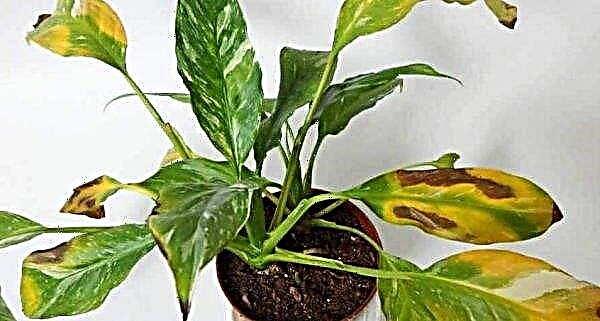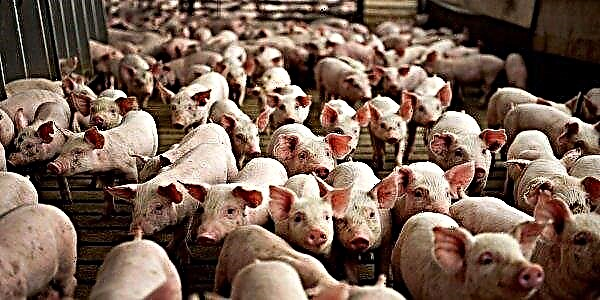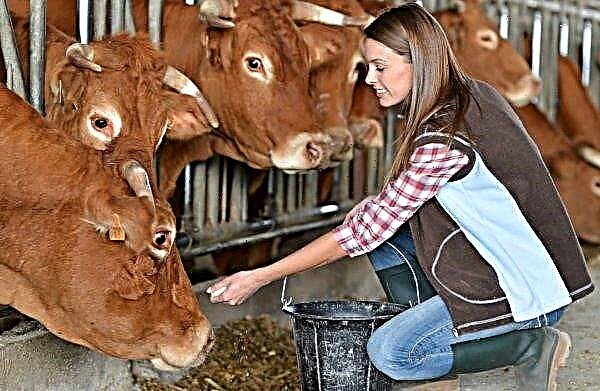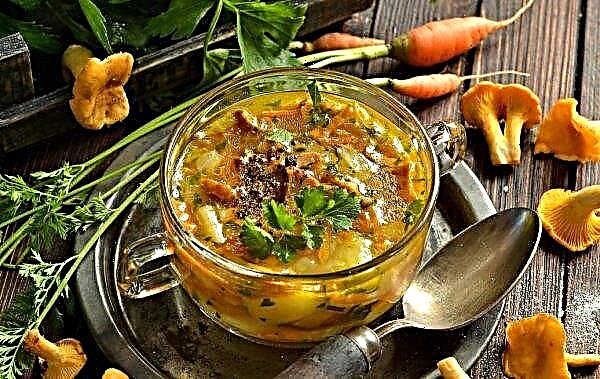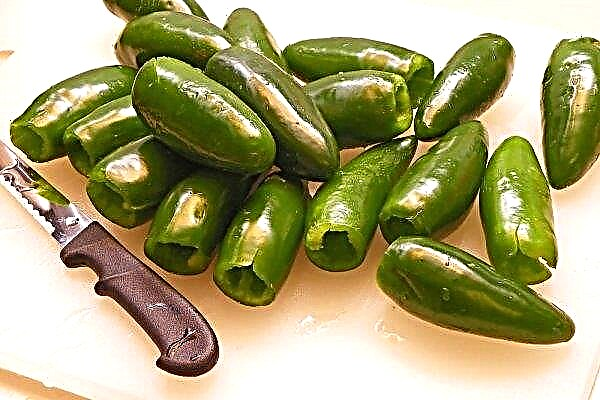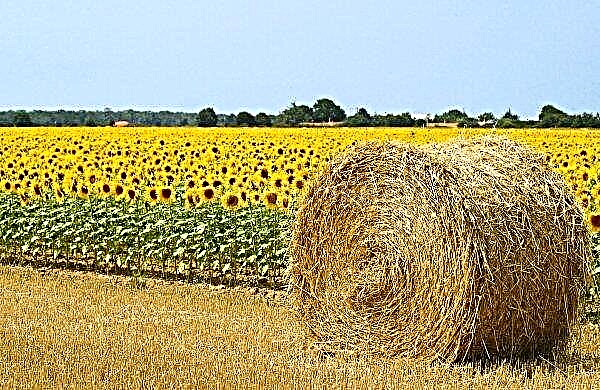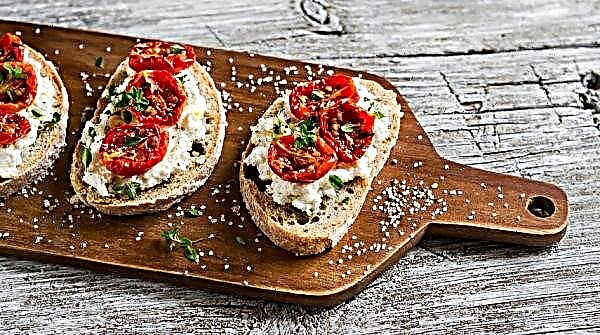Wheat is one of the oldest cultivated cereals, and one of the most famous. Flour from its grains is used for the manufacture of a variety of culinary products, but above all, bread, without which many people can not do any meal. However, not everyone knows how and where the wheat came from, what varieties it consists of. You will learn about this and much more from this article.
What is wheat?
The genus Wheat belongs to the Cereal family. The classification characteristics of this plant are diverse, the genus includes about 20 species and many varieties. Nowadays, in many countries of Europe, the Middle East and America, it is one of the main food products. Wheat is used both in cooking and for feeding animals and birds, in industry. From the grains of this plant, flour is made, which is used for baking bakery and confectionery products, pasta, breading meat and fish dishes. And wheat is often used in the manufacture of alcoholic beverages (vodka, whiskey, beer).
Wheat is used both in cooking and for feeding animals and birds, in industry. From the grains of this plant, flour is made, which is used for baking bakery and confectionery products, pasta, breading meat and fish dishes. And wheat is often used in the manufacture of alcoholic beverages (vodka, whiskey, beer).
Plant Origin History
Since wheat began to be eaten in those distant times, when there was no written language and permanent settlements, it is now difficult to establish where this cereal came from, from which region it comes from. It was used for cooking by still primitive people who lived in the 9th millennium BC. e. Initially, they used wild-growing wheat, but over time they began to domesticate it. This process took about 4,000 years.
Did you know? Root trunk 1 plants wheat is surrounded by many hairs: their number is 14 billion pcs. and the total length is 600 km.
Presumably, the history of the origin and development of wheat originates in modern Turkey. Subsequently, this culture began to appear in other countries near the Aegean, in India, Ethiopia, China. And by the beginning of our era, cereals were grown almost everywhere in Asia and Africa. In the era of the Roman Empire, this plant was grown already in Europe. Residents of North and South America have cultivated it since the 16th century. In the XVIII-XIX centuries. wheat abundantly grown on Canadian and Australian lands.
Botanical Description
The considered cereal is most often an annual plant, but two-year-olds are also found. The stem is in the form of a straight straw, the color of which can be from white to purple. The height can reach 150 cm. The leaves of the culture are flat, double-row. The width of the sheet varies from 3 to 20 mm. Wheat rhizome is fibrous. Cereal flowers are arranged in the form of an ear, which can reach 14 cm.
The spikelets making it grow from 10 to 17 mm in length and are located in two rows. Wheat is a self-pollinating crop. Most species exhibit closed flowering. The fruit of the plant is a grain that has a longitudinal groove and is held in the ear using flowering scales. Spikelets can have the same or different number of bisexual flowers. The color of the grain can be different, not only yellow, familiar to us, ranging from white to brown-red. The nature of the grain can be determined by measuring weight. The first method helps to determine the mass of grain by weighing a certain volume on special scales. The second method is to weigh 1,000 pieces. grains. So, the weight of one grain of spring wheat is 35 mg, while in winter grain it weighs 40–45 mg. In 1 cubic meter approximately 700-800 kg of grain.
The color of the grain can be different, not only yellow, familiar to us, ranging from white to brown-red. The nature of the grain can be determined by measuring weight. The first method helps to determine the mass of grain by weighing a certain volume on special scales. The second method is to weigh 1,000 pieces. grains. So, the weight of one grain of spring wheat is 35 mg, while in winter grain it weighs 40–45 mg. In 1 cubic meter approximately 700-800 kg of grain.
Characteristics
To get a generous crop, you must adhere to the requirements that contribute to the successful cultivation of wheat. They are due to the physiology of the plant. The main requirements for growth conditions are the temperature of the soil and the environment. For successful growth and development of cereal, the temperature should be in the range +10 ... + 25 ° С. A hotter or cooler mode negatively affects productivity. Wheat can withstand temperatures below 0 ° C only when it has been pre-quenched with cold. If the temperature is above +32 ... + 35 ° C, the plant stops growing.
An ideal soil temperature for seed germination is + 20 ° C. Since the plant in question has a weak root system, it is not resistant to severe frosts. If the temperature is below -18 ...- 24 ° C, the cereal dies. During the growing season, this culture is demanding on moisture - the reason is a weak root system. Therefore, it is preferable to sow cereal in the soil, which is able to accumulate and retain moisture. Wheat grows better on soil that is rich in lime (chernozem, loess, loess-loamy soils). This cereal is poorly resistant to disease. If you don’t follow the recommendations for sowing and growing, infections of a fungal, bacterial, viral, nematous nature arise - such as rust diseases, powdery mildew, septoria spotting, root rot, etc. To prevent diseases, plants must be treated with chemical protection (Agritox herbicides ”,“ Estet ”, fungicides“ Zantara ”,“ Prozaro ”, etc.), observing the volumes indicated on the package or in the instructions for it.
This cereal is poorly resistant to disease. If you don’t follow the recommendations for sowing and growing, infections of a fungal, bacterial, viral, nematous nature arise - such as rust diseases, powdery mildew, septoria spotting, root rot, etc. To prevent diseases, plants must be treated with chemical protection (Agritox herbicides ”,“ Estet ”, fungicides“ Zantara ”,“ Prozaro ”, etc.), observing the volumes indicated on the package or in the instructions for it.
Types of wheat
It is difficult to determine how many varieties a plant currently has. In addition to the fact that over a thousand varieties belong to it, their number increases every year.
According to its characteristics, a famous culture is:
- spring and winter;
- one-year and two-year;
- soft and hard.
One-year and two-year
Annual is wheat, which grows and produces fruits in the form of grain once. Accordingly, it needs to be sown every year in order to get a crop, and this is not very convenient. But this kind of cereal has a lot of varieties. A biennial or perennial is considered one that can produce a crop for 2-3 years. More often annual wheat is grown. This is due to the fact that it gives greater productivity than perennial cereal. Also, varieties of annual culture are self-pollinating. And in order to pollinate two-year-old varieties, insects are needed. The annual wheat is spring wheat. A winter is more common two-year.
More often annual wheat is grown. This is due to the fact that it gives greater productivity than perennial cereal. Also, varieties of annual culture are self-pollinating. And in order to pollinate two-year-old varieties, insects are needed. The annual wheat is spring wheat. A winter is more common two-year.
Spring and winter
Spring is called wheat, which begins to be sown in the spring, so that its harvest is harvested in the fall. But winter wheat loves a mild climate and winter with snow, so you need to sow it from August to October. She gives the harvest next year.
Important! Winter varieties produce high yields, but cannot tolerate large frosts without snow. But spring trees do not like to grow with weeds, so you should carefully monitor the field.
Seeds of spring and winter crops are easily distinguishable externally. Two weeks after planting, spring varieties of plants will change the shape of the grain - it will stretch in length, and in winter crops the grains will remain rounded, unchanged.
Video: spring wheat
Soft and hard
As follows from the above names, we are talking about the strength of grain. Experts consider in this regard indicators such as mealy and vitreous. When flattening, grains of soft varieties easily change shape, their core looks loose and white. They make a good soft flour. Hard varieties have stronger grains - they crack into pieces that are translucent inside, which is why the expression “glassy” arose. They are used for the manufacture of pasta and cereals. The differences between hard and soft grades are manifested in many aspects. For example, there is such a parameter as spikelet fullness: in durum wheat, the spikelet is densely packed and grains are difficult to separate, while in soft wheat, on the contrary, it is easy. Soft wheat grows better in temperate continental climate, and hard wheat - in continental.
They are used for the manufacture of pasta and cereals. The differences between hard and soft grades are manifested in many aspects. For example, there is such a parameter as spikelet fullness: in durum wheat, the spikelet is densely packed and grains are difficult to separate, while in soft wheat, on the contrary, it is easy. Soft wheat grows better in temperate continental climate, and hard wheat - in continental.
Wheat Classes
Agronomists are guided by the generally accepted classification of plant quality. According to the standard, cereal is divided into 6 classes.
According to this systematization, depending on the indicators, the grain is divided into two groups:
- Group A (from 1st to 3rd grade inclusive).
- Group B (4th, 5th grade).
Class VI culture is used for the manufacture of animal feed. According to their food suitability, cereals are divided into 5 classes, where the first 4 are suitable for human consumption, and the 5th is suitable for feeding animals and birds.
Parameters that help determine the class of a plant include:
- appearance;
- Colour;
- glassy;
- gluten;
- smell.
Supreme, first, second
These types of classes include valuable varieties that are used in the baking and flour-grinding industries. Grains of these classes are exported. Also, the culture is called “strong”, because plants that meet the above requirements fall into these groups. Often they are used to improve the quality of the lower grades of cereal.
Third
From a plant of this class produce baking flour, which is often found on store shelves. But the gluten content should not be lower than 23%. This class is not used to improve the lower grades of cereal.
Fourth
The considered culture of this class is weak and requires the strengthening of higher classes of wheat. To get the standard flour for bakery products and pasta, grains of strong wheat are added to grains of grade 4. Without sorting, the flour will be with low characteristics (low percentage of gluten, unpleasant odor, unappetizing appearance).
Fifth
The fifth class includes varieties of this plant, the grains of which are used in the manufacture of feed for birds and animals. By tradition, this class of wheat is called fodder. It is not suitable for human consumption.
Where is grown and produced
Wheat is cultivated in half the countries of the world (about 100). Superiority in the cultivation of the crop in question is China. Also in the top five are India, USA, France, Russia. To grow wheat, you need to make a relatively large effort. This feature is due to the fact that it has a weak root system.
This cereal grows best if the predecessors were such crops:
- corn;
- legumes;
- rape;
- oats.
It is not recommended to sow the plant after barley. These crops have the same predisposition to disease, so there is a chance that rhizomes can rot in wheat after barley. Before sowing cereal, the land on the field must be harnessed and cultivated.
After a few weeks, you need to go through a plow, and only after that you can sow the seed. According to the standards, 35 kilograms (0.035 tons) of spring cereal and 40–45 kg (0.040–0.045 tons) of winter crops are planted in the forest-steppe per 1 ha of land. Spring wheat is best planted in the first decade of spring, and winter wheat in the second decade of autumn. For proper growth, the soil is fertilized with peat, phosphate, manure, potassium.
Video: how wheat grows
Wheat application
The plant in question is virtually waste-free, because all the waste remaining after extracting the grain from the ears is used in feed production. In addition, various woven products are made from straw - baskets, mats, straw hats. Wheat starch is used in industry (construction, food, light, oil refining). In our time, it has become fashionable and popular to use embryos, seedlings of this cereal in medicine, cosmetics and cooking.
Wheat starch is used in industry (construction, food, light, oil refining). In our time, it has become fashionable and popular to use embryos, seedlings of this cereal in medicine, cosmetics and cooking.
Livestock
About 90% of the grown and produced wheat grain is used for feeding domestic animals and birds. Also used is straw, green mass, haylage. It is worth remembering that it is better for animals and birds not to give freshly harvested grains, because they contain an elevated level of non-starchy polysaccharides, which provokes the binding of water and nutrients in the body.
Oxidizing fats are also present in fresh grain.. Grain is harvested at the stage of technical maturity, and metabolic processes in the grain are completed 1-8 months after harvesting. If the animals are fed with freshly harvested grain, then consumption consumption increases.
Cookery
As mentioned above, grains of soft cultivars are used to produce flour, which is necessary for the manufacture of confectionery, bread. Hard grains are in demand in the production of pasta and pasta. In addition to these popular products, alcohol, oil, and cereals (bulgur, semolina, couscous) are made from wheat grains. In cooking, seedlings and wheat germ have gained popularity.
Did you know? The world famous artist Salvador Dali said that "everything beautiful should be edible." He made extensive use of bread in his work, and in 1971, according to his sketches, the Parisian baker Poilen created a whole bedroom out of bread.
Natural food with medicinal properties is prepared from them (it cleanses the body of toxins, improves tone, helps eliminate inflammatory processes). This cereal is best combined with meat, mushrooms, tomatoes, onions, parmesan, white wine, eggs, walnuts, corn, honey, cinnamon, nutmeg, bay leaf, blueberries, pepper, herbs, bananas, milk, chickpeas. From whole grains, plants prepare simple but tasty dishes. The most popular is kutia with the addition of raisins, nuts, honey and poppy seeds. Also make pilaf, dessert with berries, porridge with mushrooms. Add to salads, sauces, roast as the main ingredient.
From whole grains, plants prepare simple but tasty dishes. The most popular is kutia with the addition of raisins, nuts, honey and poppy seeds. Also make pilaf, dessert with berries, porridge with mushrooms. Add to salads, sauces, roast as the main ingredient.
Video: wheat porridge with meat
In medicine
The plant in question is used in folk and traditional medicine. In traditional medicine, a popular cereal germ extract is used to treat burns, ulcers and wounds. The effectiveness of the drug is caused by the ability of the extract to increase the rate of cell division, which triggers the regenerative processes of the body.
Important! Remember that self-medication can harm your health. Before using drugs with this plant, you should consult your doctor.
In folk medicine, grain crops are used to increase appetite, improve the body, alleviate the symptoms of hemorrhoids, treat respiratory diseases. Drugs from them have a beneficial effect on the human cardiovascular system. Ointments in which wheat is present help with rashes and eczema. In addition, a broth made from this cereal helps with constipation, obesity. Hair masks with wheat grains in the composition help prevent hair loss. So, wheat is a unique cereal crop that is universally used in food, oil refining, pharmaceutical, medicine, cosmetology, light industry, and construction industries. Without exaggeration, the plant is considered the queen of cereals, as evidenced by an increase in the growth of its cultivation and use.
Hair masks with wheat grains in the composition help prevent hair loss. So, wheat is a unique cereal crop that is universally used in food, oil refining, pharmaceutical, medicine, cosmetology, light industry, and construction industries. Without exaggeration, the plant is considered the queen of cereals, as evidenced by an increase in the growth of its cultivation and use.


